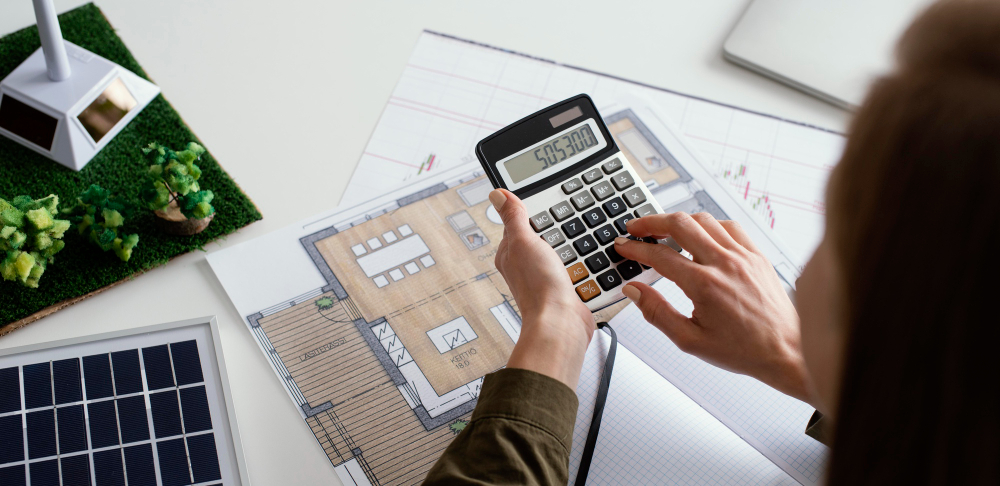The cost of solar panels in the Philippines has significantly decreased over the past decade, making solar energy more accessible for homeowners and businesses. In 2025, residential solar panel prices range from ₱30,000 to ₱40,000 per kilowatt (kW), reflecting advancements in technology and increased competition among suppliers.
Factors Driving Solar Panel Cost Reductions
Technological Advancements
Innovations in solar panel technology have significantly boosted efficiency while lowering production costs. Modern developments, such as bifacial and smart solar panels, have transformed the way solar energy is harnessed. Bifacial panels can absorb sunlight from both sides, increasing overall energy output. Meanwhile, smart panels use advanced monitoring systems to optimize performance in real-time.
These advancements not only enhance the reliability of solar power but also make it more cost-effective for homeowners and businesses. As a result, solar energy has become a more attractive and valuable option for those seeking sustainable and long-term energy solutions in the Philippines.
Economies of Scale
As global demand for solar energy continues to rise, manufacturers gain from economies of scale, resulting in reduced production costs. This shift is particularly noticeable in Southeast Asia, where solar power has become more cost-effective than natural gas. With larger production volumes and improved manufacturing processes, solar technology is now more affordable and accessible.
These cost reductions make solar energy a highly competitive alternative to traditional power sources, encouraging more widespread adoption across residential, commercial, and industrial sectors. The trend signals a promising future for clean energy in the region, with sustainability and affordability driving the transition.
Policy Support and Incentives
The Philippine government has introduced policies to support the shift to renewable energy. Key initiatives include the Renewable Energy Act of 2008 and the Energy Efficiency and Conservation (EEC) Act, which lay the groundwork for solar energy development. These laws promote investment, innovation, and sustainability in the energy sector.
Furthermore, the Department of Energy’s Net Metering program empowers homeowners and businesses to reduce their electricity bills by exporting excess solar power to the grid. These policy measures have made solar energy more accessible and financially viable, accelerating the country’s transition toward cleaner and more sustainable power sources.
Cost Breakdown for Residential Solar Installations
A typical residential solar installation in the Philippines includes several cost components. Solar panels cost around ₱30,000 to ₱40,000 per kilowatt, while installation fees average ₱50,000, depending on system complexity. If homeowners opt for inverter and battery storage, additional expenses will apply.
Applying for net metering—allowing excess solar power to be sent back to the grid—also costs about ₱50,000. Overall, the total upfront investment can range from ₱150,000 to over ₱1,000,000, depending on system size and added features. Despite the initial cost, many households view solar energy as a smart, long-term investment with lasting environmental and financial benefits.
Future Outlook
The Philippine solar energy market is poised for continued growth, with an expected annual market expansion of 15% from 2022 to 2027 . This growth is driven by ongoing technological advancements, supportive policies, and increasing consumer demand for sustainable energy solutions.
Key Takeaway
The cost of solar panels in the Philippines has dropped significantly due to advancements in technology, economies of scale, and strong government policies. Innovations like bifacial and smart panels have improved efficiency, while rising global demand has lowered production costs. Supportive laws and programs, such as net metering, have further made solar energy more accessible and affordable. Although initial installation may cost ₱150,000 to over ₱1,000,000, the long-term financial and environmental benefits make it a smart investment. With a projected 15% annual market growth through 2027, solar energy is set to play a major role in the country’s energy future.




